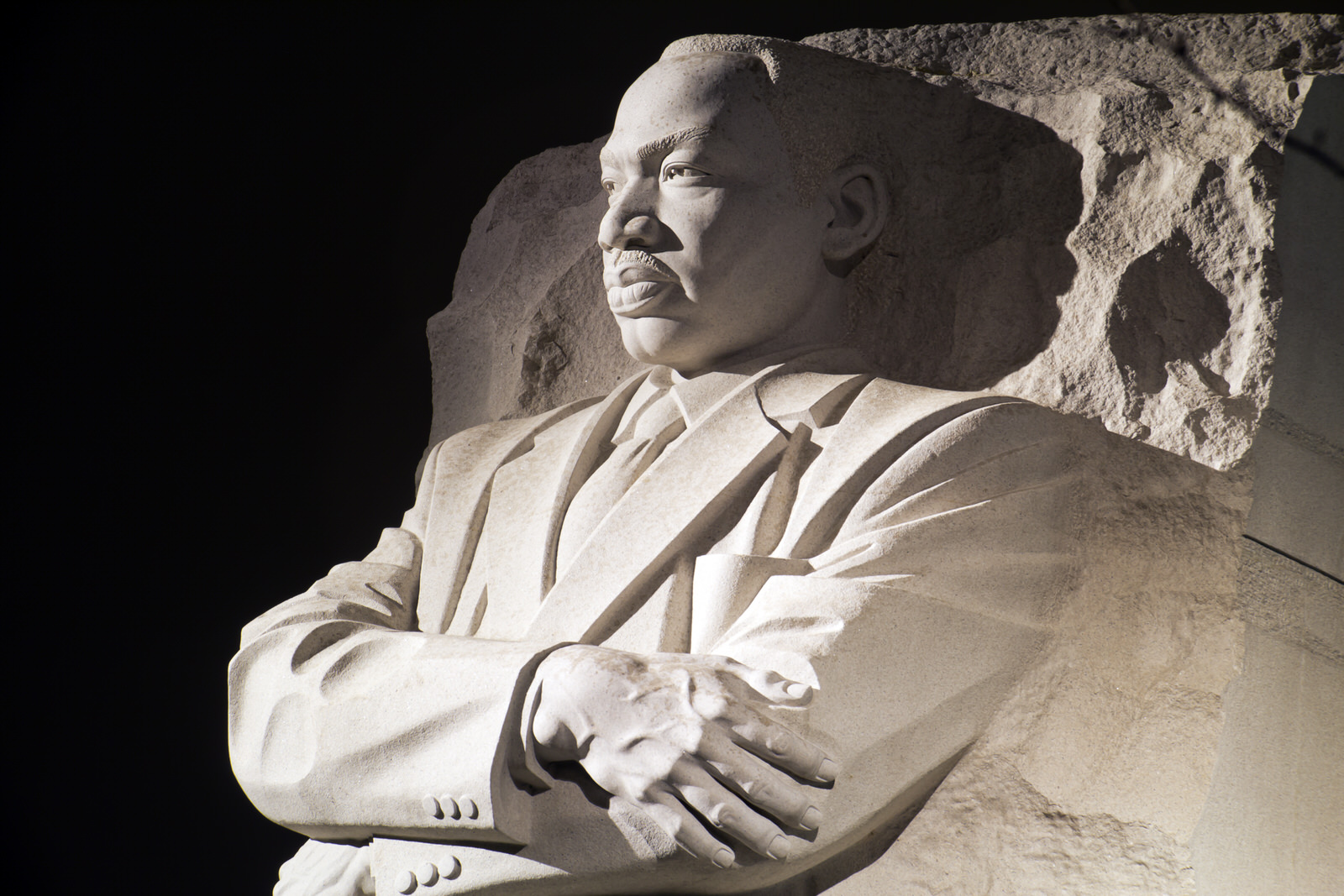“I have a dream that my four little children will one day live in a nation where they will not be judged by the color of their skin, but by the content of their character.” -Dr. Martin Luther King Jr.
Next Monday we celebrate the legacy of Dr. Martin Luther King, Jr. The man embodied many things, but perhaps among his most notable identifiers was that he was a man of remarkable vision.
Vision is crucial to inspiring others to give, volunteer, and participate. However, many nonprofit leaders spend countless hours writing a compelling vision statement, only to lose it “in the weeds” of all their other responsibilities. It’s easy to lose sight of the bigger picture and get caught up in the day to day functions of your role. Vision statements might get framed on the wall or inserted into the “About” pages of websites, but for many nonprofits, the vision statement either doesn’t drive where the organization is headed or it’s not even relevant. The truth is that just as Dr. King’s vision drove the civil rights movement, a compelling and clear vision in your organization is critical to making a lasting impact.
Vision Should Transform History
The right vision can — and should — transform history.
Dr. Martin Luther King Jr. proved this when he stood on the steps of the Lincoln Memorial and delivered a speech that still echoes in the minds of millions. A powerful orator, Dr. King gave America a dream of racial harmony and told us it could become a reality.
That’s the power of vision.
What Makes a Vision Compelling?
Dr. King was an incredible visionary, perhaps the greatest of the 20th century. His famous “I Have a Dream” speech inspired an entire nation. His vision was raw and bold, and he believed in it deeply.
So what can we learn about creating a compelling vision statement from Dr. King’s speech? Here are three lessons that can guide your organization forward:
1. It should connect to real places.
Dr. King’s speech was anything but abstract. He offered his rapt audience specific, memorable details to fill out the contours of his vision. He talked about Alabama and Georgia—real places where real people live:
“I have a dream that one day on the red hills of Georgia, the sons of former slaves and the sons of former slave owners will be able to sit down together at the table of brotherhood.”
2. It should identify concrete outcomes.
Dr. King painted a picture of real outcomes. He identified specific things that will signal the fulfillment of his vision:
“I have a dream that one day, down in Alabama…little black boys and black girls will be able to join hands with little white boys and white girls as sisters and brothers.”
3. It should provide a definitive timeline.
In his speech Dr. King gave a time frame for fulfillment. He wanted these things to happen in his children’s lifetime.
“I have a dream that my four little children will one day live in a nation where they will not be judged by the color of their skin but by the content of their character.”
Vision is not the only ingredient you need for making an impact with your organization. But it is the first step. If you haven’t done so yet this January, I encourage you to carve out some time in your calendar. Reflect on 2015. Look at your vision statement. And ask yourself what your vision for your organization is moving forward. Is your vision clear to your team? To your constituents? Now is the time to dig in and make changes if they need to be made.
As you envision the future of your organization take some time to read about what the future of the fundraising landscape will look like. Download Curt Swindoll’s content paper, the Future of Fundraising.

